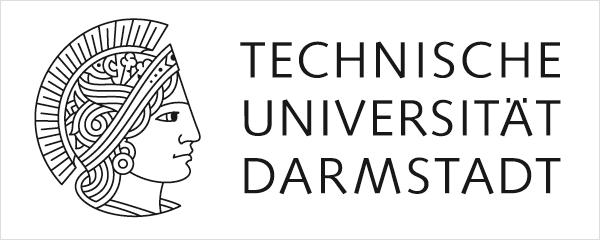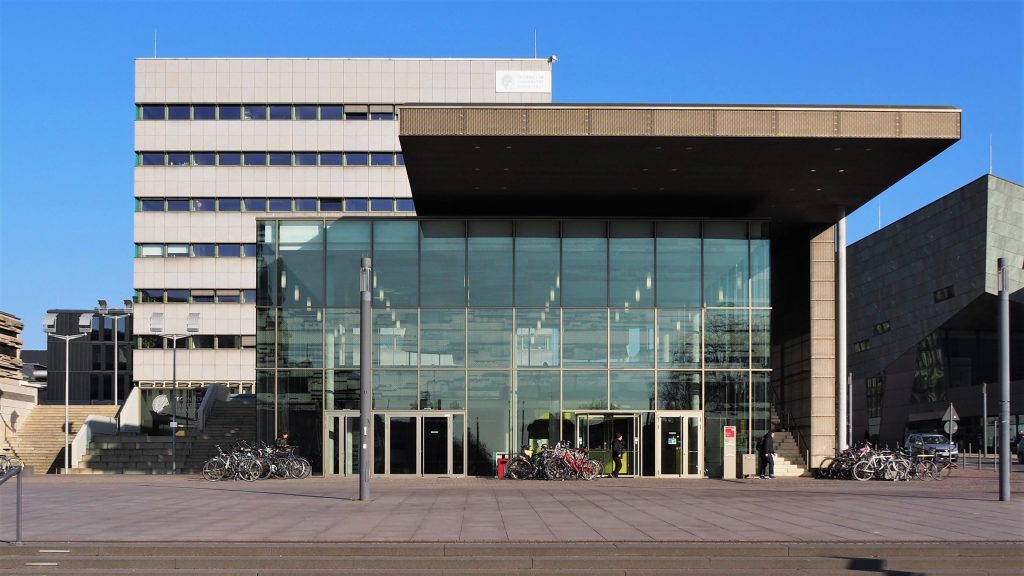
Research in the Telecooperation Group at the TU Darmstadt is organized along the three fields of cooperation, interaction, and protection of users, all with a focus on pervasive environments, where the first two are relevant in the scope of this project. We contribute to the academic fields of Ubiquitous (Pervasive) Computing, Human-Computer Interaction, Computer Networks and Distributed Systems, IT-Security and Trust, Software Engineering, and others.
Our cooperation research represents our most diverse and long-standing portfolio.
- Distributed simulation, network and system performance evaluation, and development & runtime support for object-oriented distributed programming marked our research until a few years ago
- Internet congestion control and on hypermedia and Web engineering
- As part of a funded research group, we developed novel approaches to peer-to-peer networking
- Our middleware and tools for smart spaces and cyber-physical systems became very successful in both academia and industry and remain one of our main interests
- In wireless sensor networks, we contributed to energy awareness and harvesting and to cross-correlation and big data analytics for multiple sensor types based on approaches to quality-of-information; applications comprise, e.g., smart cities and preventive maintenance
- In Internet-of-Services research we contributed, e.g., an industry-strength formal approach to the semi-automatic detection and mitigation of incompatibilities between business process specifications and service candidates across enterprises
- Focused application domains include technology-enhanced learning (from personal learning to MOOCs), knowledge work, first responder and citizen support in emergency response, and others.
In our interaction research, the following concepts were evaluated with working prototypes.
- We developed powerful novel interaction concepts for a broad range of future devices: for paper-and-smart-pens, for rollable and foldable displays, for ensembles of hand-held ‘paper-like’ displays, for digital tables, 3D-printed tangible interaction, wearables, and head-mounted displays
- As to interactive multimedia, we developed, e.g., novel concepts for large-volume video browsing and (non-linear) editing, for computer supported musical instruments, and musical exhibits
- Towards smart interaction, we contributed approaches to context-aware, proactive, and intelligible interaction; a focus topic was federated i.e. multi-device multimodal interaction; former research addressed end-user avatar programming
- Assistive technology research addressed mentally and visually impaired, young, and elderly persons
- In ubiquitous voice interaction, we addressed, e.g., hands&eyes-free approaches for mobile users (service technicians, drivers, etc.) and multi-device voice interaction in smart spaces
- Due to the growing variety and combination of devices and modalities, efforts for developing corresponding user interfaces (UIs) ‘explode’; we thus advocate a new research discipline, UI engineering; we contributed research on model based UI development and object-oriented UI approaches.

